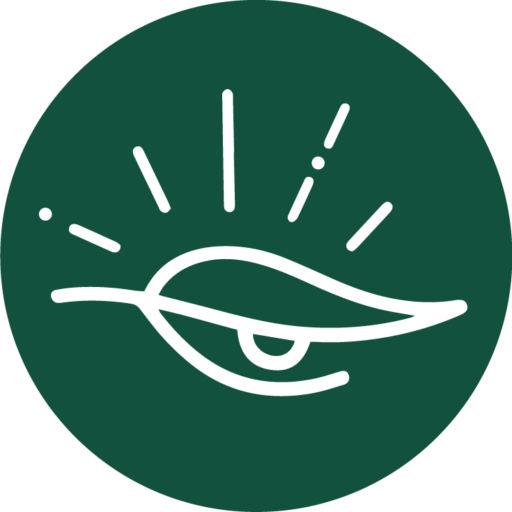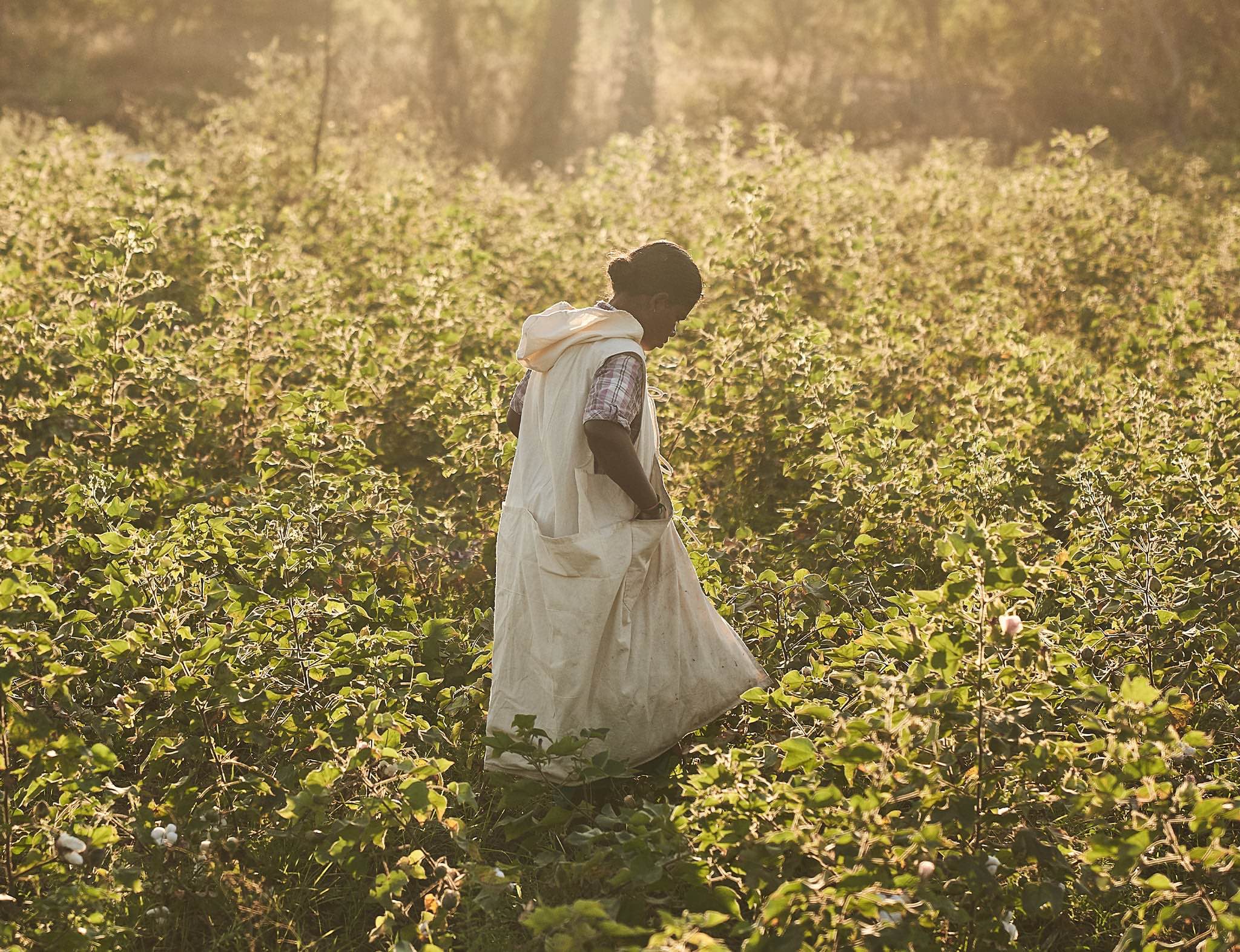The great misconception of our time is that we see ourselves as separate from nature, every day our choices are informed by the misconception of separation. But this can easily be reversed because these misconceptions aren’t truths found in the natural laws, there we find everything is interconnected, so also our own beliefs about ourselves, our direct environment and the world at large are interconnected.
Rens SpanjaardThe Power of Plants | Rens Spanjaard
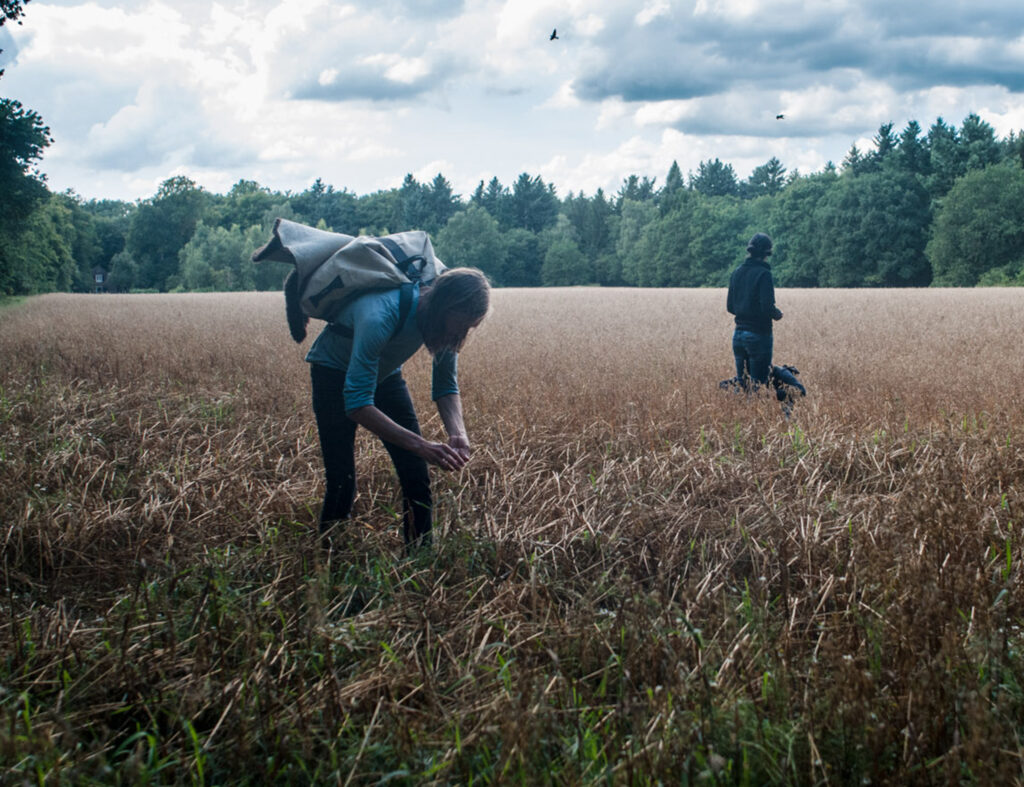
Rens Spanjaard’s mission is to give voice to the natural world and bring back our memory of interconnectedness-the long cultivated relationship to the natural world-assisting others to regain their life rhythms with the power of plants. He is based in Amsterdam, Netherlands and works on ecological design, he is a care taker of a food-forest and he makes herbal remedies from foraged plants while sharing foraging walks and hosting herbal gatherings in Amsterdam.
His plant journey started when he visited sub tropical rainforest of Australia and spent a year observing and interacting with many plants and animals. This sparked his curiosity, wonder and sensitivity towards the natural world. After these experiences of synchronicity and oneness, he began seeking out further experiences that would allow him to merge with the natural world.
“From an early age, I was mesmerized by life on earth. Learning to understand what moves plants, animals and people is what moves me. Through the study Bio-dynamic Agriculture and Ecology, I came into contact with the vulnerability but also the resilience of natural ecosystems.”
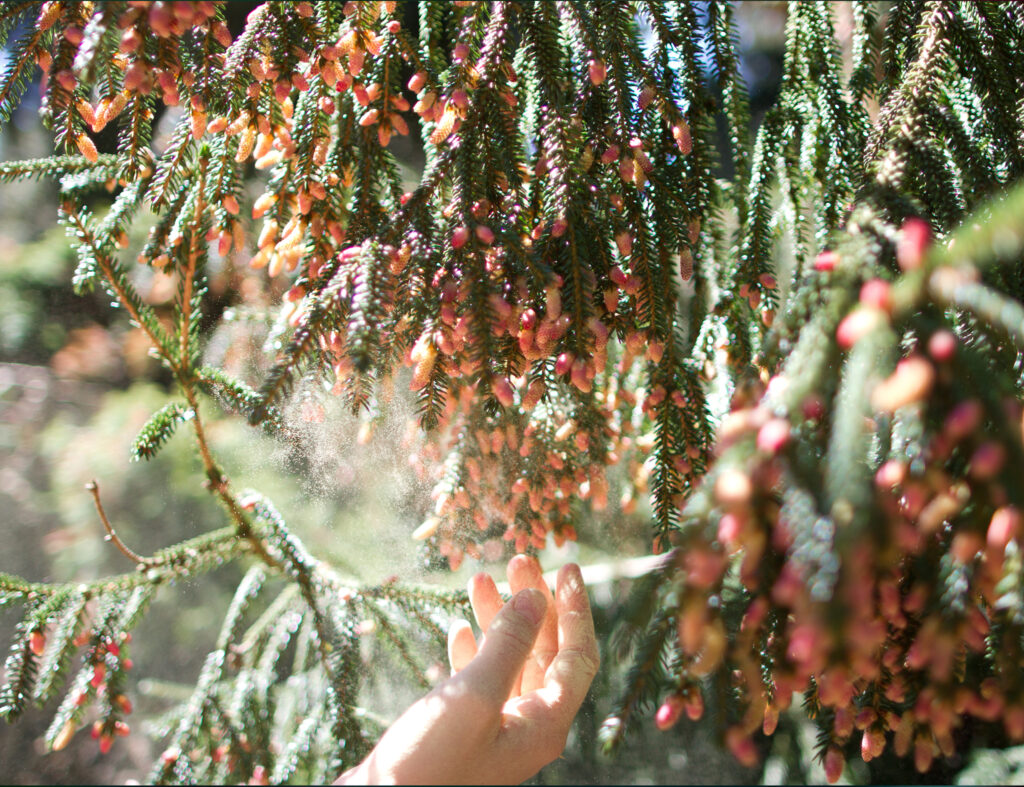
What does oneness mean to you?
Many of the crises of our times emerge from the breakdown of the human-Earth relationship within a dominant, western culture; respect and reciprocity have been replaced by exploitation and extraction, community by consumerism. To navigate through uncertainty and change we need to, first of all, inhabit a broader understanding of how things got to be ’the way they are’ so we are better equipped to embrace complexity. To realize these ecologies there is a need for regeneration and care. Not only on a material level but regenerating Soil and Soul in order for the paradigm of interbeing to flourish. This is a call to action because to put it very straight forward the acknowledgment of oneness and action that comes forth from this might mean we can foster a deep relationship with all living beings we so depend on.
This oneness is in every breath we take the-trees provide this oxygen, in every sip of water we drink-provided by the mountain streams and lakes… in every bit of food that nourishes our body that comes from the soil underneath our feet.
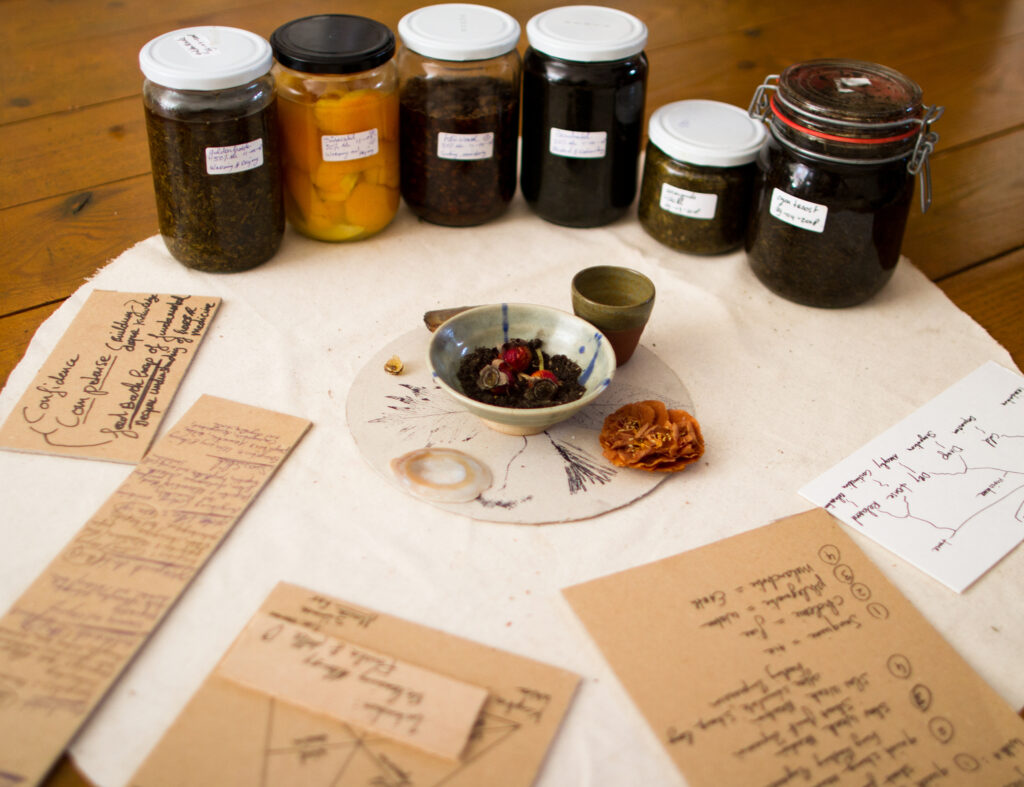
How can we find a connection with nature while living in an urban environment? what are the practices you will suggest to our readers to find this oneness?
There are many ways to do so, this spark of curiosity can come from so many places, a meeting we had with someone, an intimate relationship with a human, a tree we feel connected to, a bird or an insect we notice, there is so much we can come in contact with and potentially cultivate an empathic relationship with.
Exploring the language of the natural world by foraging is an easy entry point for those who feel disconnected or disassociated with the natural world, In my own foraging walks, I tend to the natural elements by being aware of the fragility, cycles, and sense of place and my own feminine energy to be receptive to the spontaneous and always new language it shows us.
Nature has a quality that goes far beyond the ideas or concepts of the mind and our daily habits, this could mean that if we find time to connect to the natural world or natural elements, the process of observing and interacting assists us towards a more lively and connected life.
I would like to invite you to take time in your week to find a sit spot, wherever you are in the city or rural area, it can be very helpful to go back to this place every week or even every day. Then I invite you to first slow down maybe you start walking slower when approaching your sit spot, by slowing down you allow yourself to observe your breath, thoughts and bodily sensations so you can connect back to the present moment and what is truly alive in us now?
Find a safe and comfortable spot to sit, maybe with your back against a tree, feel your feet or but on the ground, close your eyes, breath in and out deeply a couple of times, name three things you hear, what do you smell? What is the weather like? and how would you describe your inner weather? and what other sensations do you notice?
Slowly open your eyes and find a position where your eyes can rest in a green area.
Go about your day maybe a little more infused with the calm and silence of what the natural world can give us.
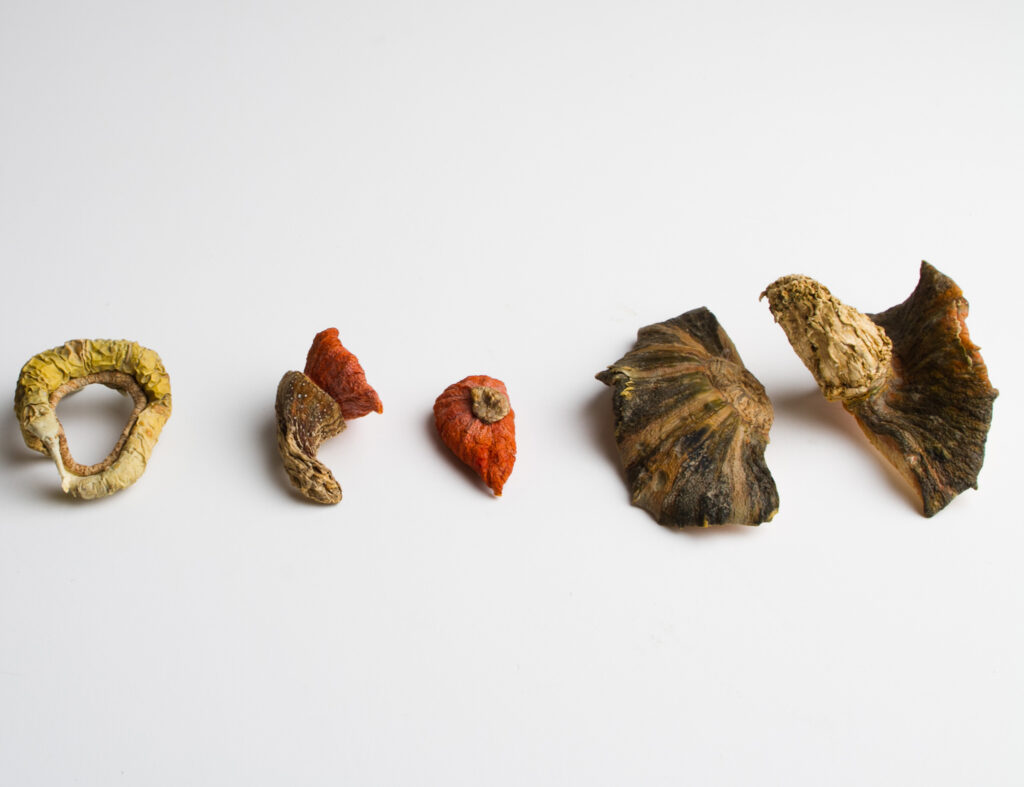
How can we cultivate a deeper understanding of the plant world and plant medicine?
Plant medicines can teach us a lot of our unconscious beliefs and decisions based on them, there are powerful teacher plants like mother Ayahuasca and many others that are capable of altering our state of consciousness and give a lived experience of non – separation. But maybe one practical tool could be by starting in our own home, our own kitchen or balcony, garden or the street where we live: we can foster a close and intimate relation with one plant or observe the whole of nature in the smallest of interactions.
For example; nowadays I tend to a food forest in Amsterdam, but it all spiraled off from the green balcony I created, now it’s completely overtaken by the plants and many insects and birds also made it into their habitat. I took time to sit with these plants, insects & birds with an open heart and sense, for me this became to be an opening for more radical earth care.
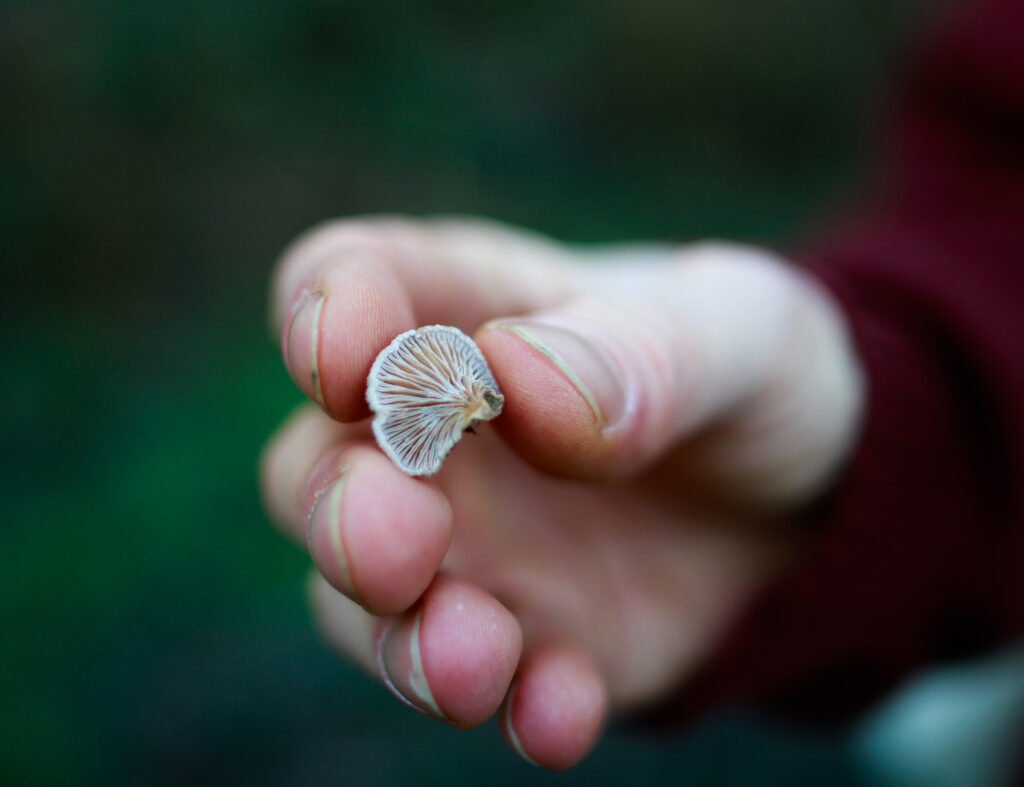
Given the current climate crisis, how this understanding will contribute to the collective healing of us as a species and the planet as a whole?
The great misconception of our time is that we see ourselves as separate from nature, every day our choices are informed by the misconception of separation. But this can easily be reversed because these misconceptions aren’t truths found in the natural laws, there we find everything is interconnected, so also our own beliefs about ourselves, our direct environment and the world at large are interconnected.
We’re invited to see how natural patterns manifest both within and in natural ecosystems then we might make decisions that are well aligned. If we look back to civilizations that truly thrived we see most had a very strong practice of nature observation and understood the rhythms and patterns of the natural world were also present in their own bodies, therefor we are made out of the same elements: Earth, Water, Air & Fire.
In these traditions a strong sense of belonging to the Earth was at the base of all their Ceremonies and Rituals, I strongly feel we can learn from their practices and be more humble towards our own ancestors because, in the end, we’re all indigenous even if we see ourselves as modern and civilized, we are embedded in the web of life in which we are part of nature.
I have drawn inspiration from Charles Eisenstein, Johanna Macy, Polly Higgins, Micheal Meade for their power to stand up, and show how our current pattern of destruction can be something we as an individual can be very numbed by, loose grounding and hope in a world that seems to fall apart. But also the way they show a way forward by withdrawing from this destructive and oppressive system into a regenerative and communal process of health and well-being for all living beings. They show and teach by allowing us to feel the grief over the loss of the natural world, which opens up our sensitivity and vulnerability towards life and inherently made decisions that are more in line with the love for all life.
“It’s not just land that is broken, but more importantly, our relationship to land.”
Robin Wall Kimmerer
Rens Spanjaard @rensspanjaard
Read more about him on his website : www.Floraling.com
